Do Amazon Prime members have different in-store behaviors?
Published on Mar 21, 2019

Having an Amazon Prime membership is becoming a standard across the country. In fact, eMarketer predicts that by the end of the year, 51.3% of U.S. households will subscribe to Amazon Prime—an increase of 3.9 ppts from 2018. This is obviously having a big effect on e-commerce retail, but we also wanted to look at the impact it has on in-store behaviors and answer questions like:
- Do Prime members shop brick-and-mortar locations differently?
- Do they have higher expectations?
- What motivates them to shop in-store?
To get these answers, we used SMG’s market intelligence —the fastest, most accurate source of behavioral data linked to customer feedback in real time. We looked at foot traffic and customer experience (CX) metrics across apparel, department store, and mass merchandiser segments to understand the difference between Prime members and non-members. Here’s what we saw:
Prime members are less satisfied across the board
In all three segments, Overall Satisfaction scores are 4 ppts lower for Prime members. This could be due to the fact that these customers are used to the benefits of the Amazon experience, and their expectations are higher. Brands need to make a more concerted effort to improve the in-store experience in order to impress this rising group of consumers.
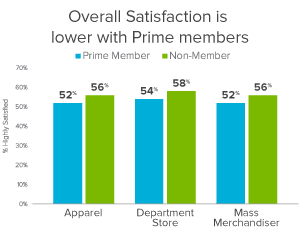
Prime members are less likely to use in-store visits to showroom products
While it may be easy to assume Prime members would be more likely to visit a store to check out a product in person before buying it online, we found this isn’t the case. Prime customers are actually less likely to showroom than non-Prime members. This means when Prime customers come into your store, their intent is to buy. That makes it even more critical to provide a top-tier customer experience, so you don’t derail their purchasing motive.
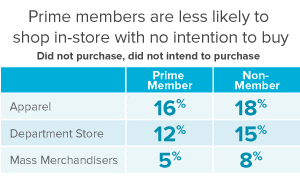
Prime members tend to impulse-buy during in-store visits
It’s safe to assume that customers willing to pay the $119 annual membership fee probably do enough online shopping to justify that investment. One would think then, with so many shopping needs being met online, Prime members would exhibit more conservative in-store behaviors, shopping only for specific items—but that’s not the case. In fact, our data shows that once they get in your store, Prime members are more likely to purchase more than intended across all retail segments.
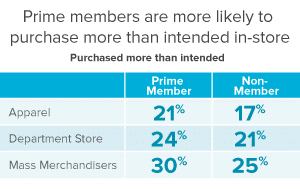
Prime members are more motivated by previous positive experiences
So if you know Prime customers tend to buy more than intended during in-store visits, the question becomes: how do you get them to visit more frequently? The answer is to provide them with a positive experience. Prime customers are 6 ppts more likely to cite a previous positive experience as their primary reason for visiting a brand’s location. Again, their expectations are higher, but if you impress them, they'll come back.
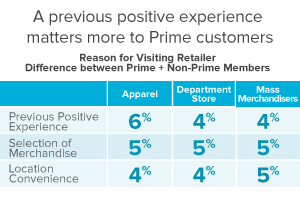
Selection of Merchandise and Location Convenience matter, too. While location isn’t something your front line can control, they can make sure items are stocked and available—and that’s key to getting Prime customers in your door.
Prime members make less in-store visits
With unlimited 2-day shipping, it makes sense that Prime members have fewer in-store visits. But there is a huge opportunity for brands to make an impression on these customers when they shop in-store, especially in the mass merchandiser segment.
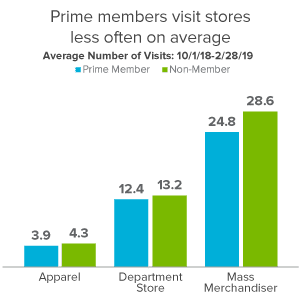
When we looked at two major mass merchandiser brands, Target and Walmart, we found a similar trend. Walmart dominates the mass merchandiser segment, but Prime customers make up just 41% of their in-store traffic. This is a big gap and an area where the retail giant could gain more ground.
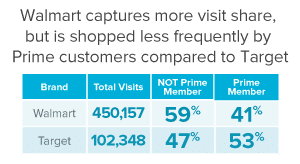
Bottom line:
Their purchase behaviors may be different and their expectations may be higher, but Prime customers are a big opportunity for brands when it comes to in-store purchases. With their penchant for buying more than intended and being motivated by a previous positive experience, these customers like to shop and are likely to come back if they’re satisfied with their experience.
Related articles

Optimize your digital experience management strategy
Here are the 3 most common pitfalls we help clients avoid while prioritizing their digital experience management (XM) strategies...

Consumer Behavior Trends: Spending Habits in 2022
As of last June, 81% of Americans owned a smartphone. In the throes of this convenience revolution—as more consumers turn to their phones for research and to make purchases—the pressure for brands to
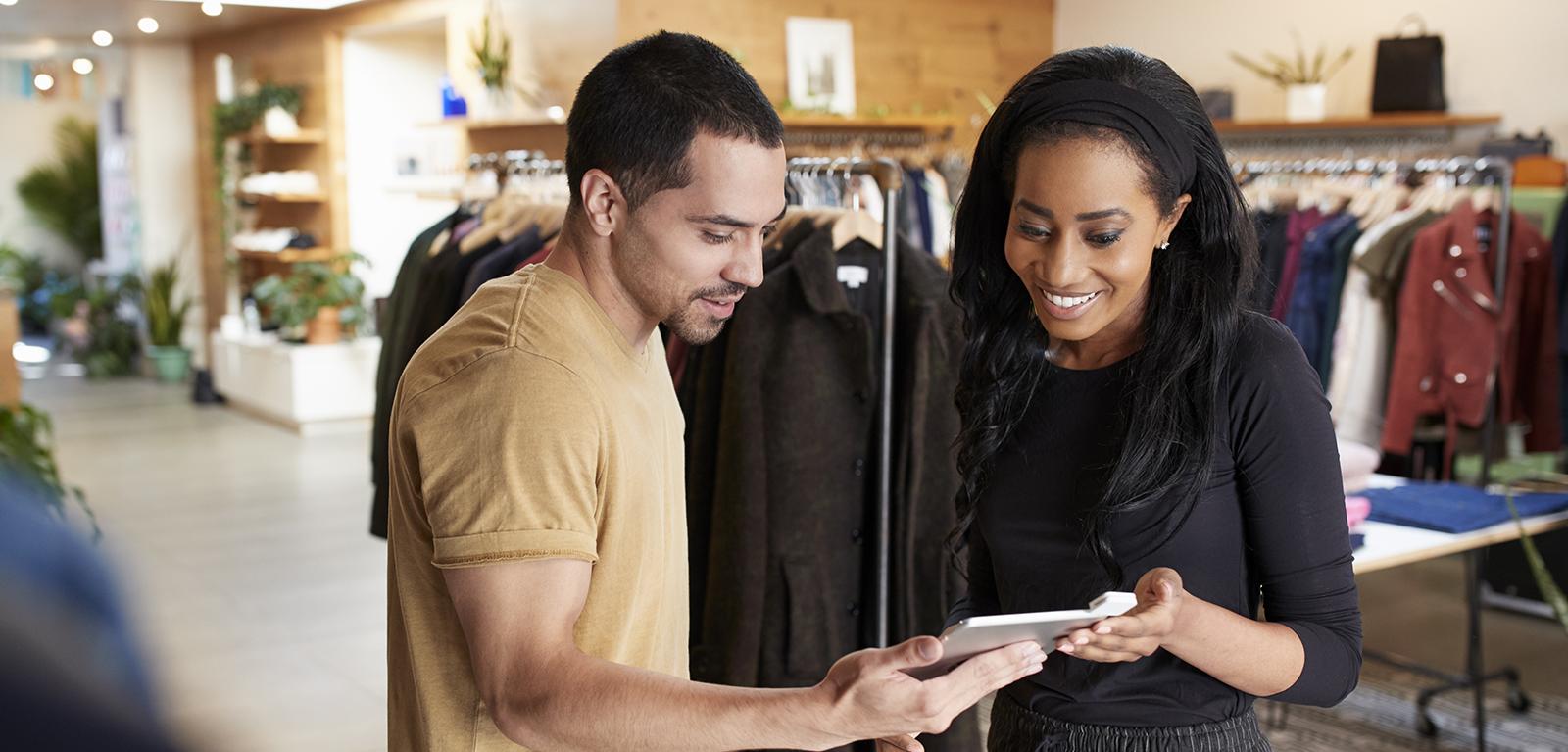
Why your frontline employees are your greatest CX asset
Frontline employees can be a brand’s greatest asset for CX insights by providing customer feedback on new technology, surfacing in-store challenges, and closing overall gaps in quality.